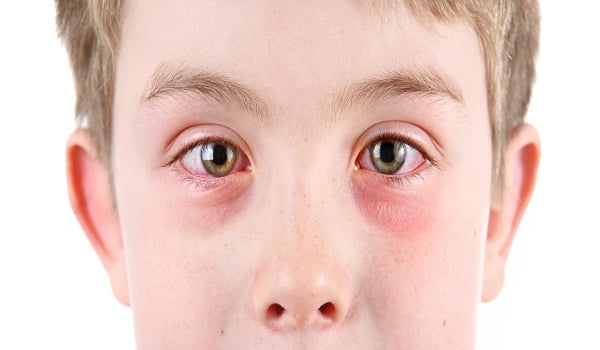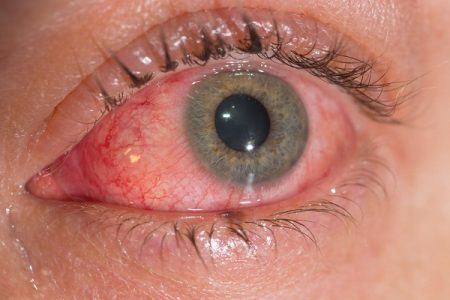Our Eyes and Conjuntivitis
Our eyes are one of the most sensitive sense organs in the body. They are always exposed to the outer environment and are in direct contact with the pollutants. This can result in eye infections which may lead to various complications. It is therefore very important to protect them from any damage.
Our eyes have a natural protective layer known as conjunctiva. Conjunctiva is a thin, transparent and moist layer that covers the eye keeping them moist all the time. It helps the eyelids to blink without any friction and also protects them from environmental pollutants. Infection occurring in conjunctiva is known as conjunctivitis.
Definition of Conjunctivitis
Conjunctivitis is defined as an eye infection in which the conjunctiva becomes swollen and red resulting in the inflammation of eyes. It is commonly known as ‘pink eye’.
Conjunctivitis is the most common eye infection in the world which people overlook and does not take seriously. This can lead to many eye complications that may even damage the eyes. It is always a wise decision to consult a doctor if you observe any symptoms before it becomes a major complication.
Conjunctivitis can happen to anyone but it is most commonly observed in children. Usually, the infection is a normal eye infection but it can be highly contagious and can cause serious eye problems.
Classification of conjunctivitis
On the basis of occurrence, conjunctivitis is classified into two major types:
Acute conjunctivitis
Acute conjunctivitis is the most common type of pink eye infection observed in people. It is generally caused by either bacteria or virus. The common symptoms of acute conjunctivitis are:
- watery eyes
- redness
- irritations
Though this type of eye infection is contagious but it can be easily treated.
Acute conjunctivitis usually takes 2 to 3 weeks to completely treat.
Chronic conjunctivitis
Severe form of conjunctivitis is referred to as chronic conjunctivitis. Chronic conjunctivitis generally persists for more than four weeks. There are a few varieties of chronic conjunctivitis as listed below:
Chronic bacterial conjunctivitis
Chronic bacterial conjunctivitis is generally caused by a bacterial specie called Staphylococcus, but can also be caused by other bacteria. This type of conjunctivitis is usually followed by symptoms like:
- Redness in conjunctiva
- Burning sensation
- Foreign body sensation
- Eyelash loss
Meibomitis
Meibomitis is another type of chronic conjunctivitis which is caused by inflammation in the meibomian oil glands present behind the eye lashes. It results in symptoms such as dry eyes, etc. Meibomitis can also cause skin disorders such as acne rosacea.
Keratoconjunctivitis
Keratoconjunctivitis is caused by trachoma infection and is the most chronic form of conjunctivitis. This chronic form of conjunctivitis can cause blindness and is one of the major reasons for vision loss in the world.
Some facts about conjunctivitis
- Conjunctivitis is usually contagious and can spread in the environment
- It is estimated that about 6 million people in United States suffer from acute conjunctivitis
- Conjunctivitis most commonly occurs in summers
- The leading cause of pink eye infection is viral infection. Bacterial cause is the second most common reason of infection.
- In children, the most common cause of conjunctivitis is bacterial infection whereas in adults, viruses are the most common cause of infection







